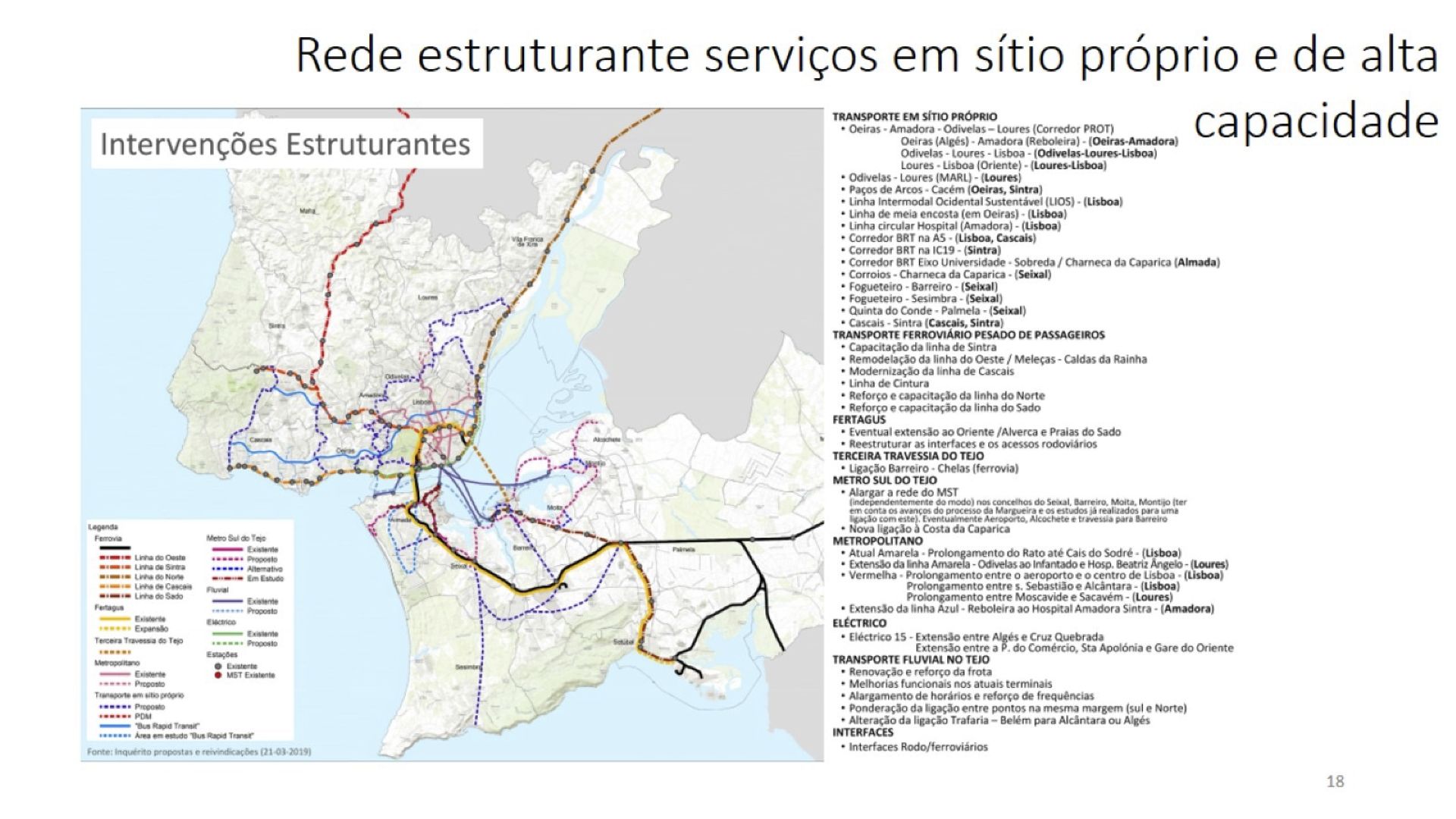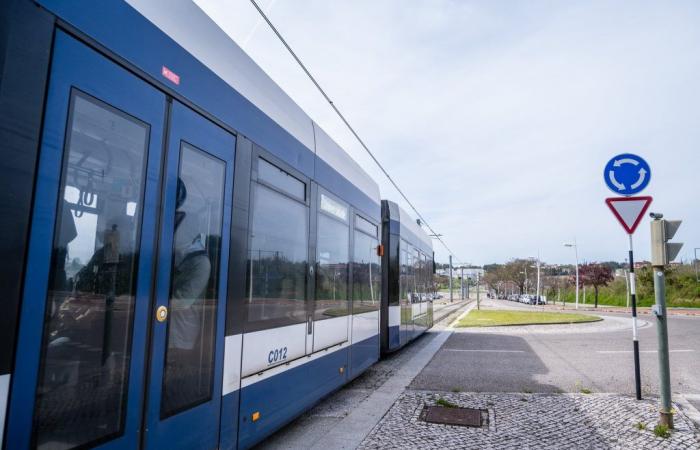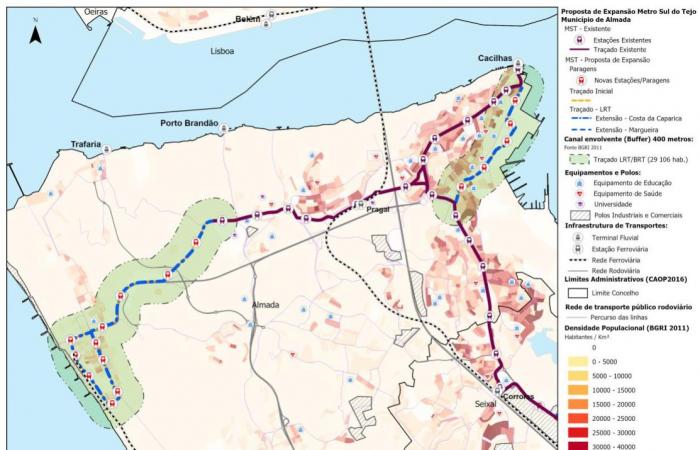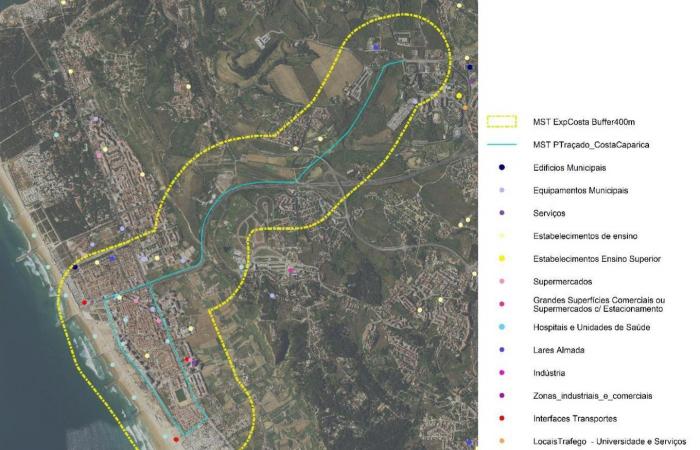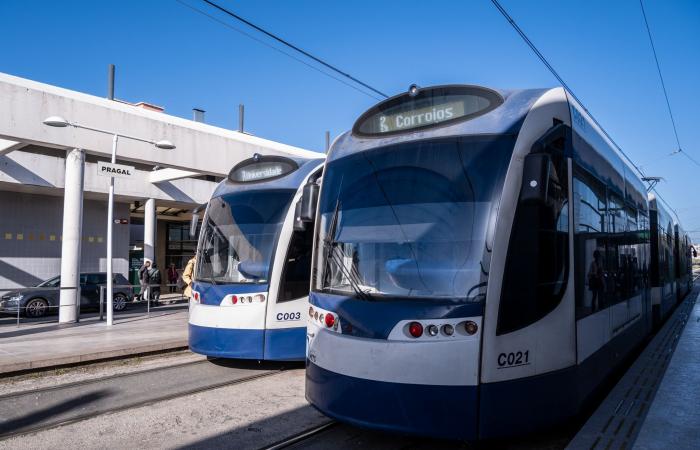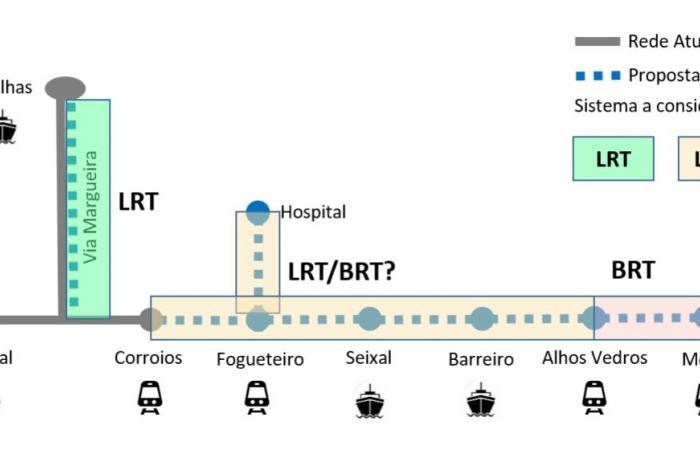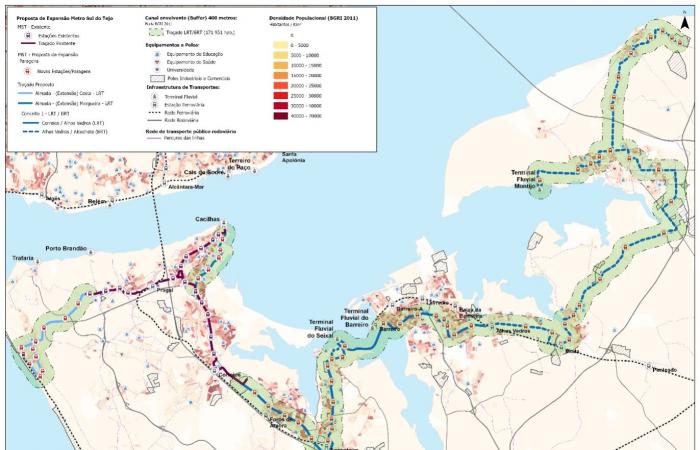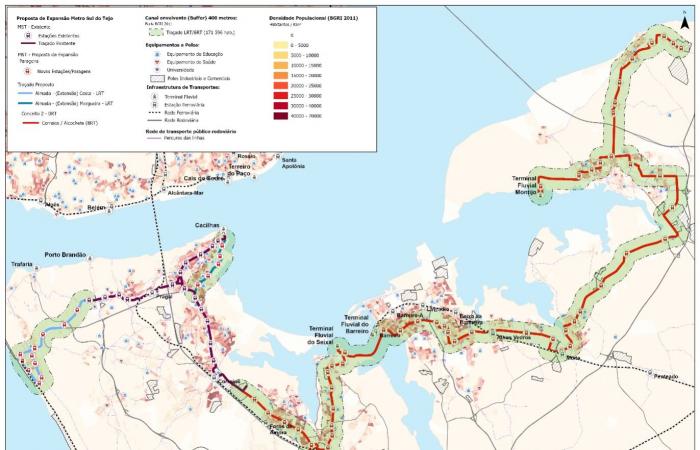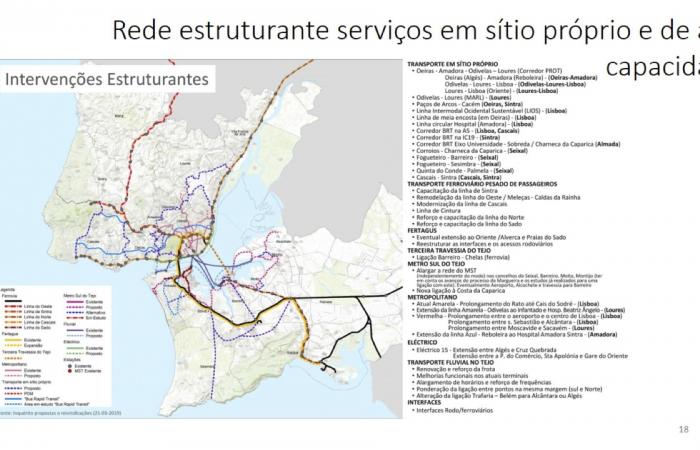The Lisbon Metro will carry out the “studies, surveys and other necessary ancillary work” for the extension of the Metro Sul do Tejo (MTS) to Costa da Caparica, passing through Trafaria, São João da Caparica, Quinta do Torrão and Quinta de Saint Anthony.
By delegation from the State, it is the Lisbon Metro that will carry out the “studies, surveys and other necessary ancillary work” to the extension of Metro Sul do Tejo (MTS) to Costa da Caparica. On the table will be the continuation of the current Line 3 of the MTS, which ends today at the door of the Faculty of Sciences and Technologies (FCT) of the Universidade Nova de Lisboa.
It is intended to establish “a quick and structuring connection” to Costa de Caparicaacross “one corridor that will serve Trafaria, São João da Caparica, Quinta do Torrão, Quinta de Santo António and Costa de Caparica“. This extension has a financial framework through the Climate Action and Sustainability Program (PACS), an envelope of 3.1 billion euros from the European Union, included in the package Portugal 2030to apply to several projects until 2027.
Metro Sul do Tejo is a surface light rail system consisting of three lines, which connect the municipalities of Almada and Seixal. The first section, between the Corroios train station and the center of Almada (Cova da Piedade), opened for operation on May 1, 2007. At the end of that year, the connection to the FCT was ready and, a year later, the Metro arrived in Cacilhas. The operation of this network is private, being in charge of MTS – Metro Transportes do Sul, a company of the Barraqueiro Group, which won the concession for 30 years; It is scheduled to end in 2037.
Since coming into operation in 2007/08, the MTS network has not experienced any growth. The second and third phases of Metro Sul do Tejo, which consisted of an extension through the municipality of Seixal to the municipalities of Barreiro and Moita, never progressed. On the other hand, the idea of taking MTS to Costa da Caparica is also a plan that is more than a decade old.
The most recent study on the extension of the MTS dates from 2021 and presents several ideas to take the Metro Sul do Tejo through the so-called “Arco Ribeirinho Sul”, to Alcochete, passing through Montijo and also, of course, through Barreiro and Moita. In this study, light rail (LRT) solutions were analyzed, but also BRT-based options (known as Metrobus). The work was chaired by João Abreu e Silva, professor at Instituto Superior Técnico, and brought together several entities and municipal councils, and also analyzed an extension to Costa da Caparica, starting from the current station University.
What has already been studied and what will be studied now
However, the route that the Lisbon Metro will now study should be different from the one that was studied and presented in 2021. At that time, it was thought to extend Line 3 of the MTS on a double track from the FCT via national road 377-1, on the south side; before Quinta da Armadora, in Pêra de Cima, the route would head southwest, crossing a more rural area until the viaduct connecting the A33 to Trafaria, located near Pêra; from here, it would head west, approaching the IC20 and developing on the north side of this road until the entrance to Costa da Caparica.

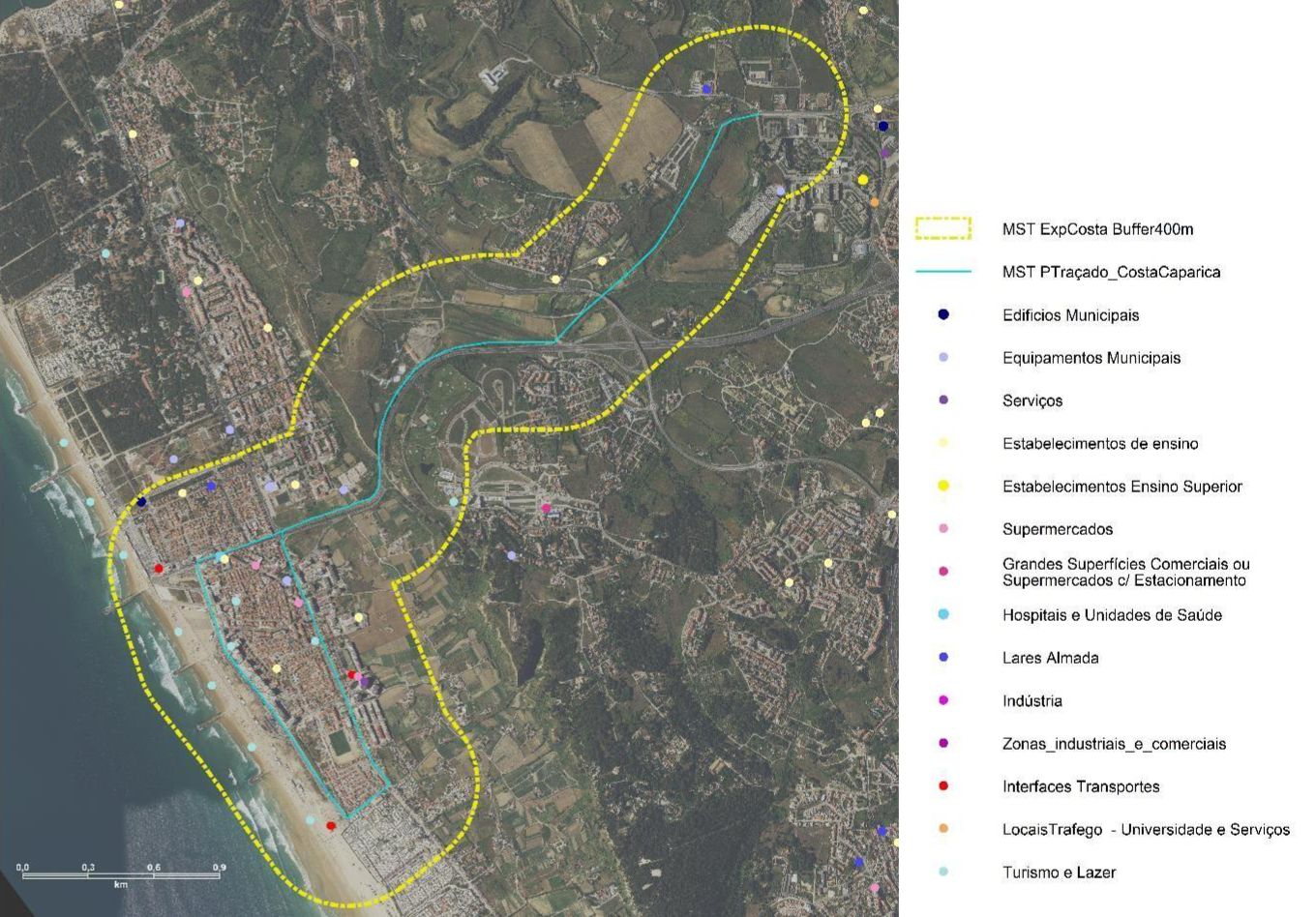
Within the city, the line would go to a single track via Avenida 1º de Maio, Avenida General Humberto Delgado, Rua Parque de Campismo de Almada, Estrada Florestal, Avenida D. Sebastião and Avenida Dr. Aresta Branco, making a kind of circular and returning to IC20. The proposal now on the table is to take the MTS from the FCT towards Trafaria, taking it via São João da Caparica, Quinta do Torrão and Quinta de Santo António, to Costa de Caparica.
The choice of Metro de Lisboa to carry out a new study of the route of the extension of the MTS to Costa da Caparica was made through an ordinance in the last days of the António Costa Government (Ordinance 410/2024/2); this authorization is justified by the Lisbon Metro being a public entity which, therefore, will be able to safeguard the public interest. Furthermore, the Lisbon Metro is a “public business entity with relevant national and international experience” regarding TCSP systems [Transporte Coletivo em Sítio Próprio]and is even in the process of having its first light metro line on the surface, the Violet Line in Loures and Odivelas.
“Among the TCSP system projects in the Metropolitan Area of Lisbon, the extension of the surface light rail system from the south bank of the Tagus to Costa de Caparica emerges as a priority, promoting a quick and structuring connection between the University Campus of the Faculty of Sciences and Technology of Universidade Nova de Lisboa and Costa de Caparica, extending in a corridor that will serve the population clusters of Trafaria, São João de Caparica, Quinta do Torrão, Quinta de Santo António and Costa de Caparica, ensuring better connectivity of their territories and from these to the current Metro Sul do Tejo network”can be read in the aforementioned Ordinance 410/2024/2.
The Lisbon Metro is authorized to carry out the corresponding expenditure, up to a total amount of 1.65 million euros to carry out this study, until 2026. It should be noted that the Lisbon Metro is, in the new Government of Luís Montenegro, the responsibility of the Ministry of Infrastructure, led by the former mayor of Cascais, Miguel Pinto Luz.
The conclusions of the 2021 working group
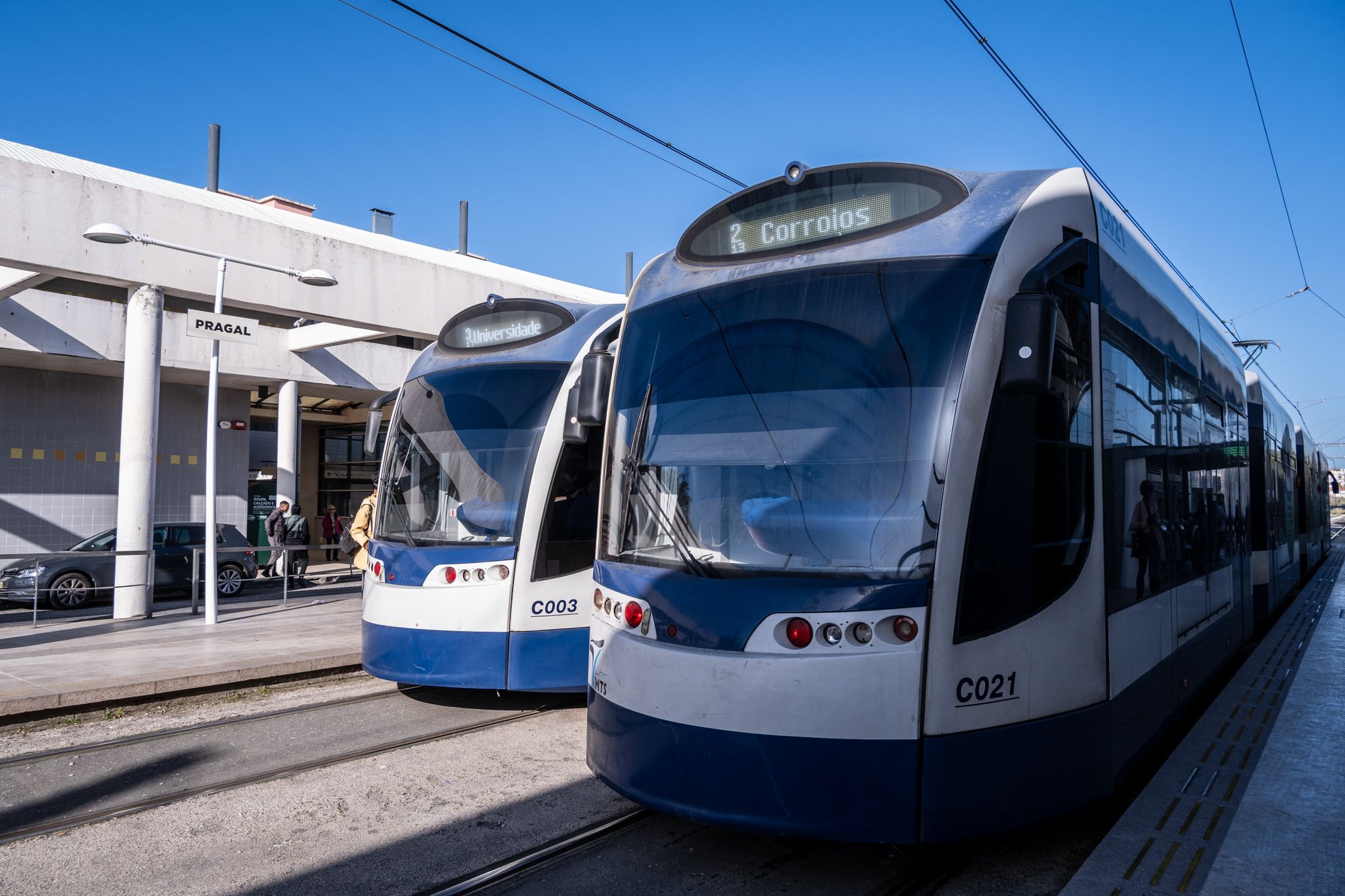
In 2017, an order from the Government of António Costa created a working group with “with the aim of promoting a study of a public transport corridor on a dedicated site, in addition to and in connection with the system in operation in phase 1 of Metro Sul do Tejo” (Order no. 11382/2017). Chaired by João de Abreu e Silva, professor at Instituto Superior Técnico, this group integrated the municipal councils of Alcochete, Almada, Barreiro, Montijo, Moita and Seixal, also the Metropolitan Area of Lisbon, Infraestruturas de Portugal (IP) and the Laboratory National Civil Engineering (LNEC) and the Institute of Mobility and Transport (IMT).
The work was completed in 2021 and analyzed options for Light Rail Transit (LRT), the same as the current solution, and Bus Rapid Transit (BRT), based on electric buses on exclusive routes. Two major possibilities were defined: one Scene 1 with LRT in the planned extensions in Almada (Costa and Margueira) and in the extension to Alhos Vedros, in Moita, with BRT/Metrobus from this point to Alcochete, due to the lower population density; it is a Scenario 2 LRT in the extensions in Almada and BRT from Corroios to Alcochete. It is estimated that the BRT could have a capacity of 150 seats, lower than the 280 seats of the light rail. The investment would cost between 719 and 740 million euros in the first scenario and between 540 and 585 million in the second.
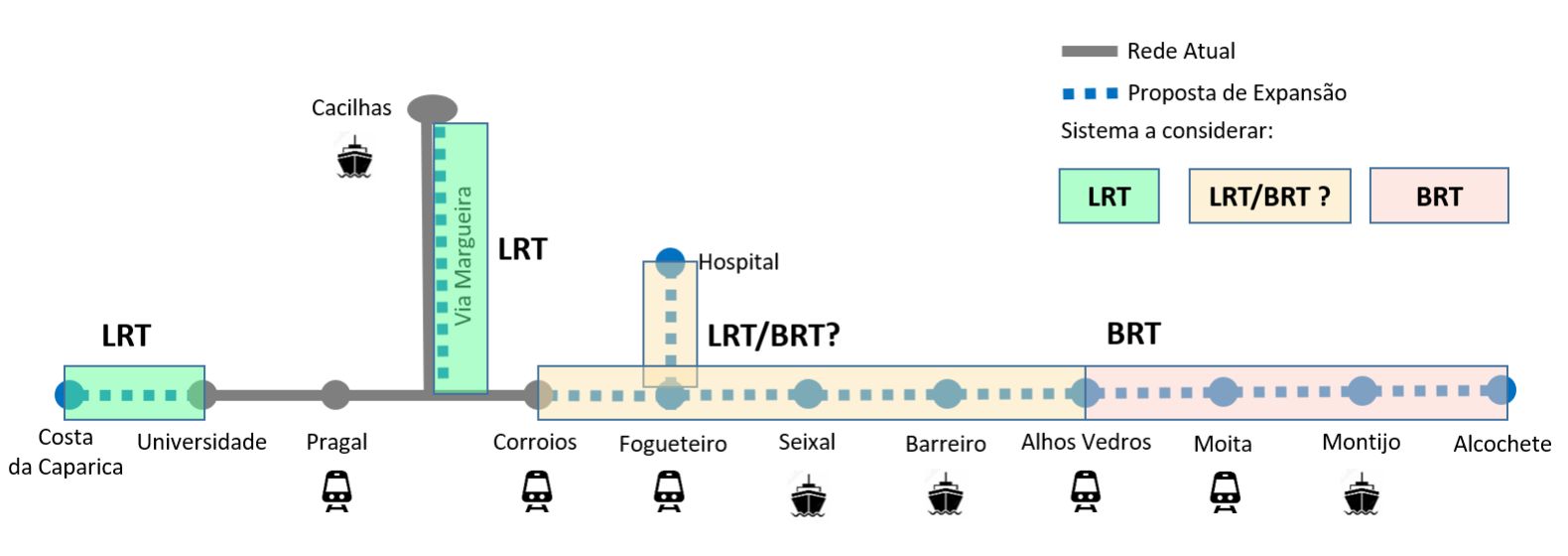

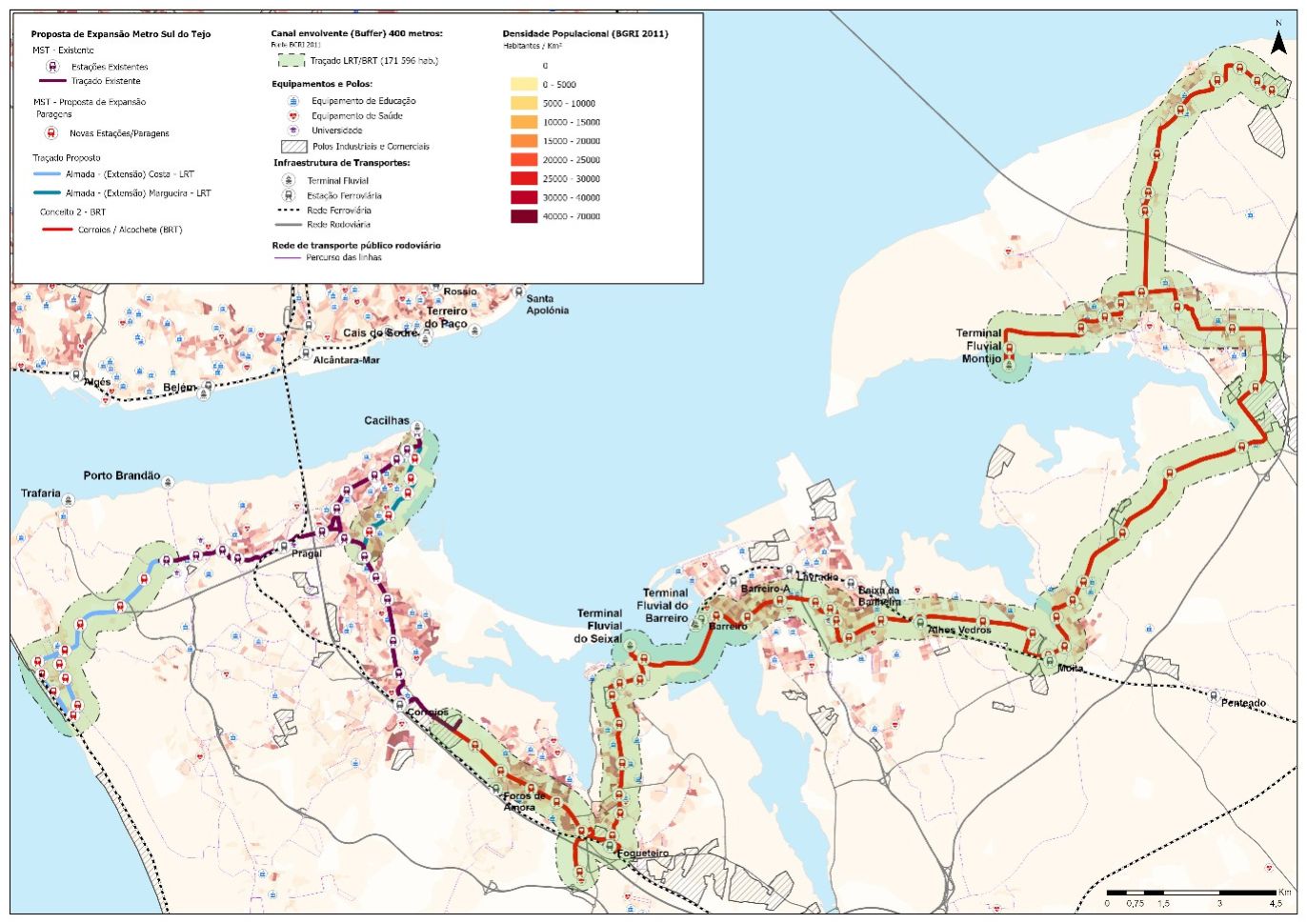
Although the original Metro Sul do Tejo project already included the expansion of the current system in the municipalities of Seixal and Barreiro, with the creation of this working group the aim was to study its expansion also in the municipalities of Moita, Montijo and Alcochete, promoting a continuous connection between Almada and Alcochete, in the so-called “Arco Ribeirinho Sul”.
You can consult all the documentation for the 2021 study here:
Lisbon Metro will study other TCSP lines [Transporte Colectivo em Sítio Próprio]
In addition to the MTS line to Costa da Caparica, the Lisbon Metro will be responsible for studying other TCSP projects [Transporte Colectivo em Sítio Próprio] in the Lisbon metropolitan area. This Tuesday, April 2nd, a collaboration protocol was signed between the Lisbon Metropolitan Area, the Transports Metropolitanos de Lisboa (TML) and the Lisbon Metro for the “development of studies, planning and implementation of projects aimed at consolidating an on-site Public Transport network in the territory of the Lisbon metropolitan area”informed TML.
In this protocol, AML and TML “will contribute to the development of studies and planning and connection projects to the territory as well as studies and framework projects“, while the Lisbon Metro “it will contribute to the technical component of engineering studies and projects, namely light rail and fast tram technology. This partnership will naturally involve the municipalities where each study or project will be developed”.
According to Carlos Humberto de Carvalho, First Secretary of the AML, this is a “global, generic protocol” to work together to create TCSP solutions in the metropolitan territory of Lisbon. “Transport in its own place, which is a priority, and should be a priority for the country. We, in the Metropolitan Area, want to move forward, take some steps.” There are solutions in this area that have been on paper for decades, others that are more recent.
